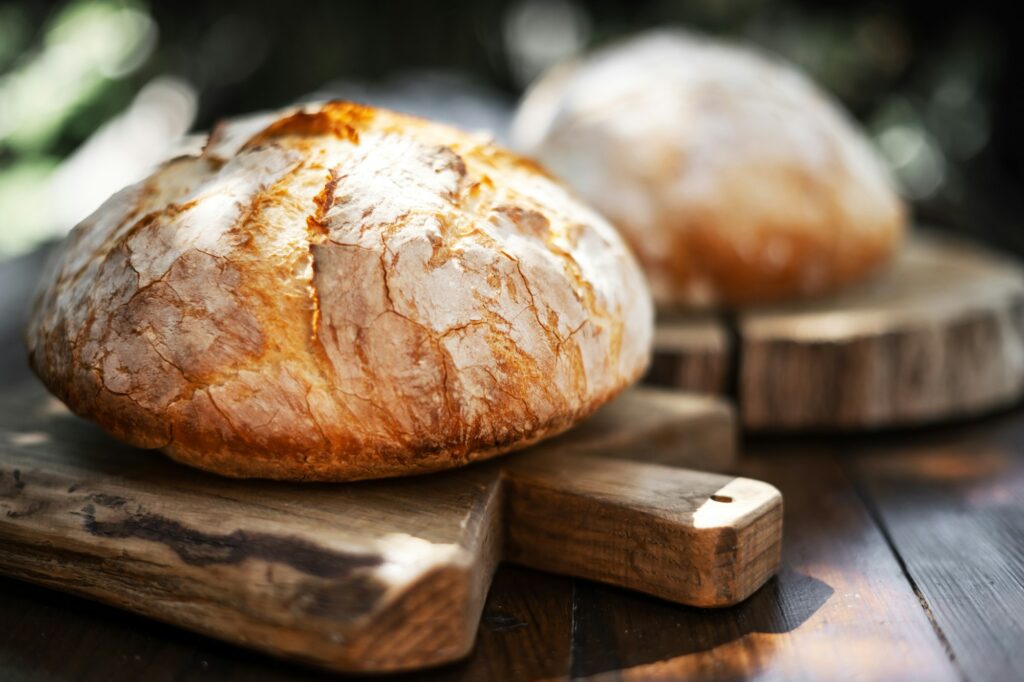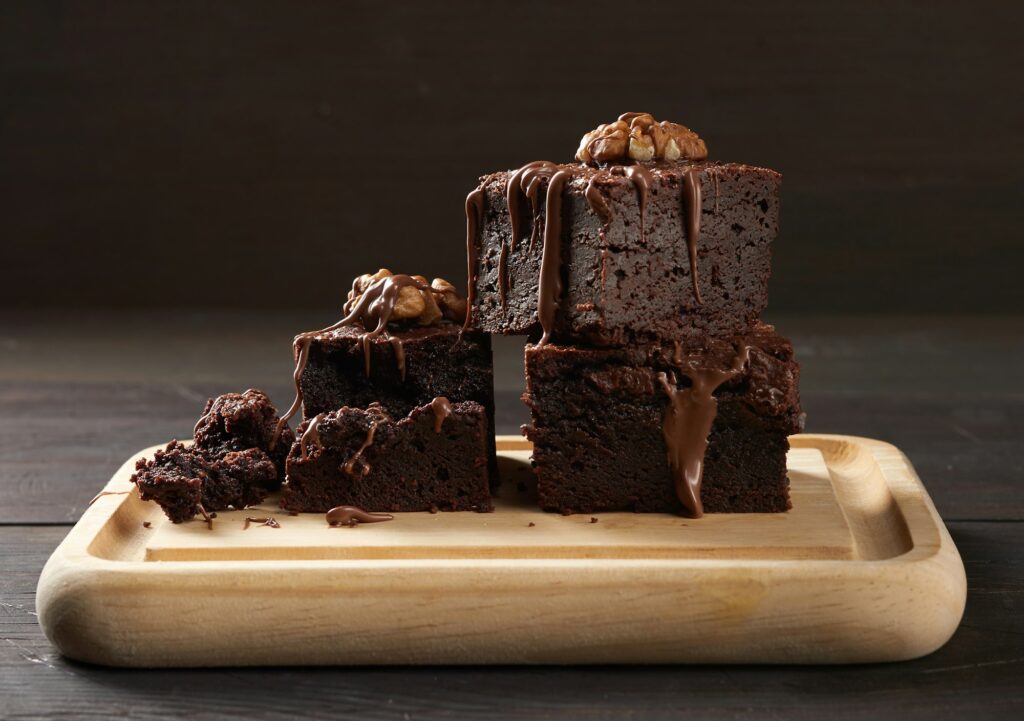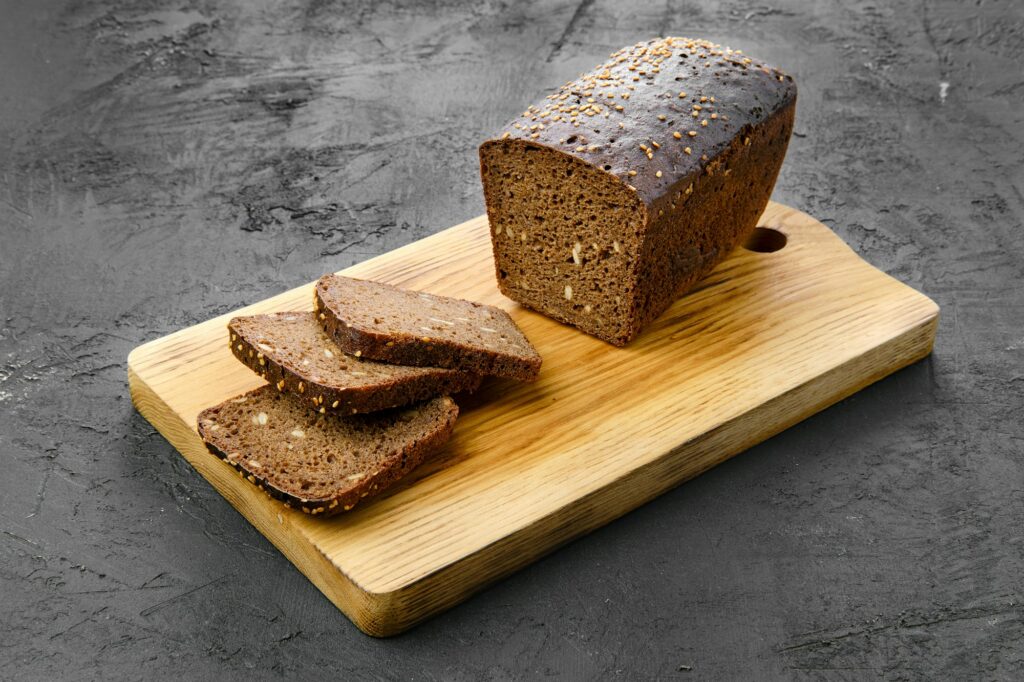Sourdough, a centuries-old technique of fermenting dough, is traditionally synonymous with bread-making. Yet, its utilization spans beyond just artisan loaves to include a delightful variety of sourdough dessert recipes. This transformative approach to baking leverages the natural fermentation of sourdough. Thus, it impart a unique, tangy flavor and moist, tender texture to desserts. The key to this culinary versatility lies in the sourdough discard, a byproduct of maintaining a sourdough starter. This discard, often perceived as waste, is a golden ingredient in the world of desserts. Therefore, it infuses them with depth of flavor and enhances their nutritional profile.
The importance of sourdough discard in baking cannot be overstated. It embodies the principles of sustainability and zero waste by giving life to a range of sourdough dessert recipes. From the crisp and crunchy edges of a biscotti to the flakey crust of a pie, sourdough discard makes its mark, proving that baking with sourdough goes beyond bread. This introductory exploration into the use of sourdough in desserts sets the stage for a deeper dive into its versatility, benefits, and the myriad of delectable treats it can create.
The Versatility of Sourdough in Desserts
Sourdough’s application in desserts showcases its remarkable versatility. The unique flavor it adds to sweets is nuanced; a balance of tanginess that complements the sweet and tangy profiles of various desserts. This distinct taste comes from the fermentation process, where wild yeasts and bacteria break down the dough, producing lactic and acetic acids. These acids not only contribute to the flavor but also improve the texture, making desserts moist and tender.
The benefits of using sourdough discard in baking are manifold:
- Flavor Enhancement: The fermented nature of sourdough adds a depth of flavor that is complex and rich, elevating traditional dessert recipes.
- Texture Improvement: Sourdough contributes to a moist and tender crumb in cakes, a crisp and crunchy texture in cookies, and a flakey crust in pies.
- Nutritional Value: Fermentation improves the nutritional profile of desserts by reducing phytate levels, thus increasing mineral bioavailability.
By integrating sourdough discard into desserts, bakers can transform ordinary recipes into extraordinary treats with enhanced flavors, textures, and nutritional benefits. This adaptation not only caters to the taste preferences of modern palates but also aligns with the growing trend towards health-conscious eating habits.
Sourdough’s versatility shines through in these unique dessert ideas. Its tangy flavor and fermented qualities are used to create innovative treats:
- Sourdough Beignets: These pillowy pieces of fried dough benefit from the slight sourdough tang. It offers a delightful twist on the classic beignet. The texture is soft with a slight chew. It makes them an irresistible treat that showcases the creative potential of sourdough in desserts .
- Sourdough Kolaches: Originating from Central Europe, kolaches are sweet pastries filled with fruit jam. Using sourdough to make the dough adds a tangy depth to the sweet fillings, creating a harmonious blend of flavors that elevate this traditional dessert
- Deep-Fried Sourdough Dandelion Flowers: For those seeking an adventurous dessert, these offer a unique taste experience. The sourdough batter adds complexity to the light, floral notes of the dandelion flowers, creating a dessert that is as intriguing as it is delicious .
Tips for Baking with Sourdough
Baking with sourdough, particularly when it comes to desserts, requires some know-how. Here are essential tips to ensure success:
- Maintaining Your Sourdough Starter: A healthy, active starter is crucial for baking. Regular feeding and understanding its hydration level can greatly influence the outcome of your desserts. For foundational sourdough baking techniques, King Arthur Baking‘s Sourdough Baking Guide is an invaluable resource.
- Adjusting Sourdough Discard in Recipes: The amount of sourdough discard can be adjusted based on the desired level of tanginess in the dessert. It’s also important to consider the additional liquid from the discard when modifying traditional recipes.
Integrating sourdough discard into desserts not only reduces waste but also adds a fermented twist that can enhance both the flavor and texture. Whether you’re a seasoned sourdough baker or new to the concept, exploring the world of sourdough desserts can be a rewarding and delicious venture.
Sustainability and Sourdough: A Greener Way to Bake
Incorporating sourdough discard into your baking routine transcends mere taste and texture enhancements—it heralds a commitment to more sustainable kitchen practices. This endeavor is not just about creating delicious desserts; it’s a holistic approach to baking that respects our planet and our bodies.
Zero-Waste Baking:
The use of sourdough discard in dessert recipes is a prime example of zero-waste baking. Every time we feed our sourdough starters, we’re left with discard that many might throw away. However, by repurposing this discard into cakes, cookies, and other sweets, we’re not just preventing waste; we’re elevating our baking with the unique tang and texture that only sourdough can provide. This practice underscores the importance of thoughtful consumption and waste reduction in our daily lives.
Nutritional Benefits:
Sourdough fermentation offers more than just flavor. It also has the potential to break down antinutrients in flour, making the nutrients more available and digestible. This process can slightly increase the nutritional profile of your desserts, making them a tad healthier. It’s a subtle yet impactful way to align our baking habits with a healthier lifestyle without sacrificing taste.
Local Sourcing:
Pairing sourdough baking with local and organic ingredients can amplify its sustainability impact. By choosing local fruits for your fillings or organic flours for your starters, you’re supporting local farmers and reducing the carbon footprint associated with transporting ingredients long distances. This practice fosters a community-based approach to baking, where the ingredients tell a story of local ecosystems and mindful consumption.
FAQs
Q: Can sourdough discard be used in any dessert recipe?
A: Yes, with some adjustments for liquid content and flavor, sourdough discard can be incorporated into many dessert recipes, adding a unique tanginess and improving texture.
Q: How does sourdough affect the texture of desserts?
A: Sourdough can make desserts moist and tender, with a slightly crisp and crunchy texture in baked goods like cookies and biscotti.
Q: Can I make desserts with active sourdough starter instead of discard?
A: Absolutely! Using active sourdough starter can contribute to a lighter texture and more pronounced sourdough flavor in desserts.
Q: What’s the difference between baking with sourdough discard and traditional leaveners?
A: Sourdough discard adds a tangy flavor and unique texture due to its fermentation process, different from the neutral taste and chemical leavening action of baking powder or soda.
Q: How do I adjust my dessert recipes to include sourdough discard?
A: Generally, you can substitute part of the flour and liquid in a recipe with sourdough discard. Start with replacing about 1/2 cup of flour and a similar volume of liquid with the same amount of sourdough discard, adjusting as needed for the recipe.
Q: Does sourdough flavor overwhelm the taste of sweet desserts?
A: Not necessarily. The amount of sourdough discard used and the fermentation time can affect the intensity of the tangy flavor. In many desserts, it adds a subtle complexity that enhances rather than overwhelms the sweetness.
Q: Can sourdough desserts be made gluten-free?
A: Yes, you can use gluten-free sourdough starters and flours to make gluten-free sourdough desserts. The key is to use gluten-free grains for the starter and adapt recipes to accommodate gluten-free flour blends.
Conclusion
Sourdough is more than just a base for artisan bread. It’s a versatile ingredient that brings tangy flavor and a touch of tradition to a wide range of desserts. From the richness of chocolate cakes and the crispness of biscotti to the innovative delights of sourdough beignets and seasonal tarts, sourdough adds depth and complexity to sweets. By embracing sourdough in desserts, bakers tap into an ancient craft. They blend the art and science of fermentation with modern culinary creativity.
The journey into sourdough desserts is not just about exploring new flavors. It’s also a pathway to more sustainable and mindful baking practices. By utilizing sourdough discard, bakers make a small but meaningful contribution to reducing food waste. It promotes nutritional benefits, and celebrating the bounty of each season. Whether you’re a seasoned sourdough aficionado or a curious newcomer, the world of sourdough desserts offers endless possibilities. These possibilities span exploration, innovation, and enjoyment.
As we continue to explore, let the fermented charm of sourdough inspire not just our taste buds but also our approach to baking. Embrace the challenge, savor the process, and, most importantly, share the delightful outcomes. Happy baking.



